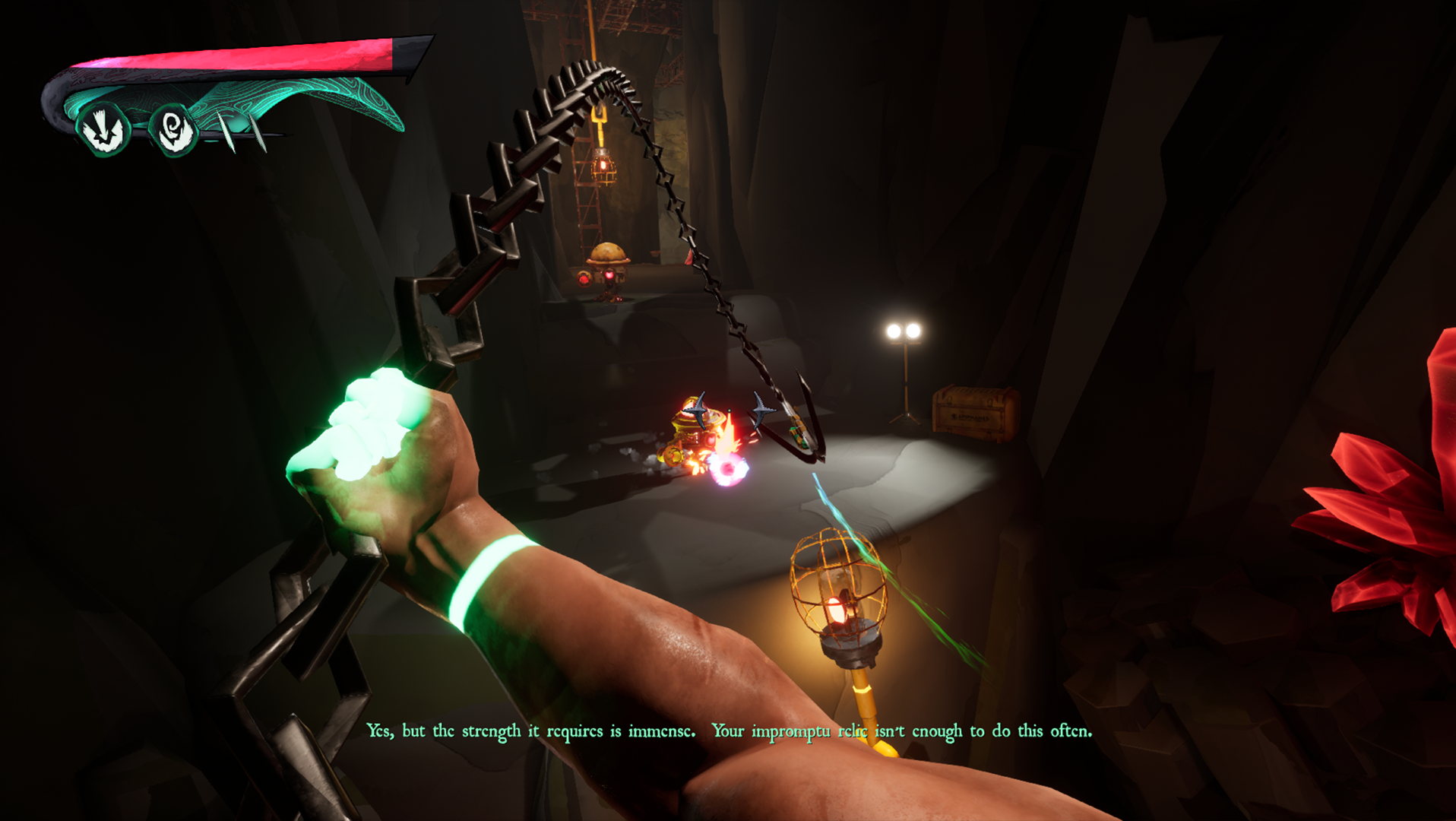Objective
As a gameplay programmer, my goal was to bring a terrifying and immersive experience to players by developing, optimizing, and integrating gameplay mechanics that seamlessly blend elements of horror, storytelling, and puzzle-solving. Through my contributions, I aimed to create a game that not only delivers spine-chilling encounters and mind-bending puzzles but also ensured a smooth and engaging player experience, captivating users and leaving them craving more.
Role
Gameplay and Character Programmer
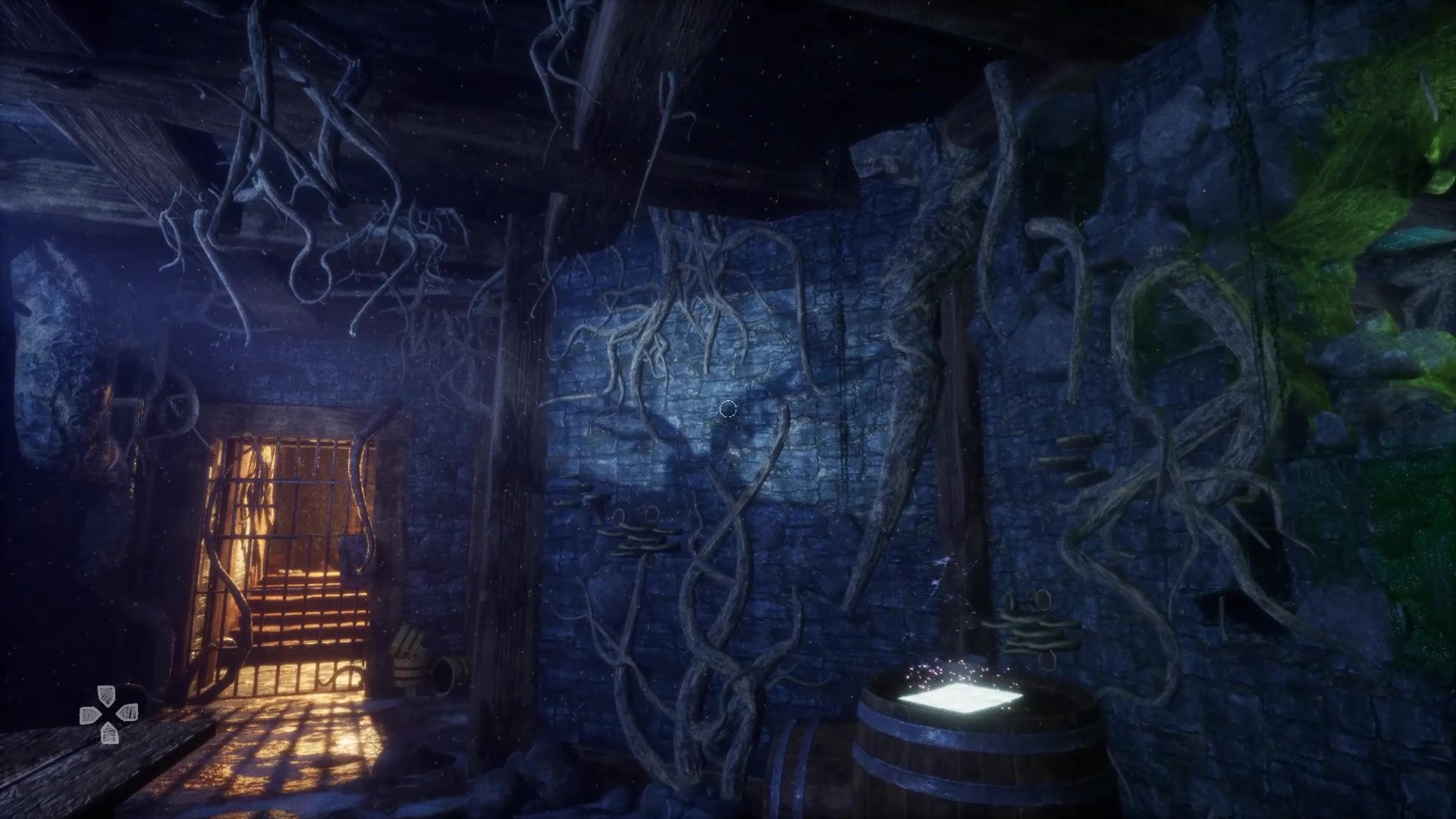
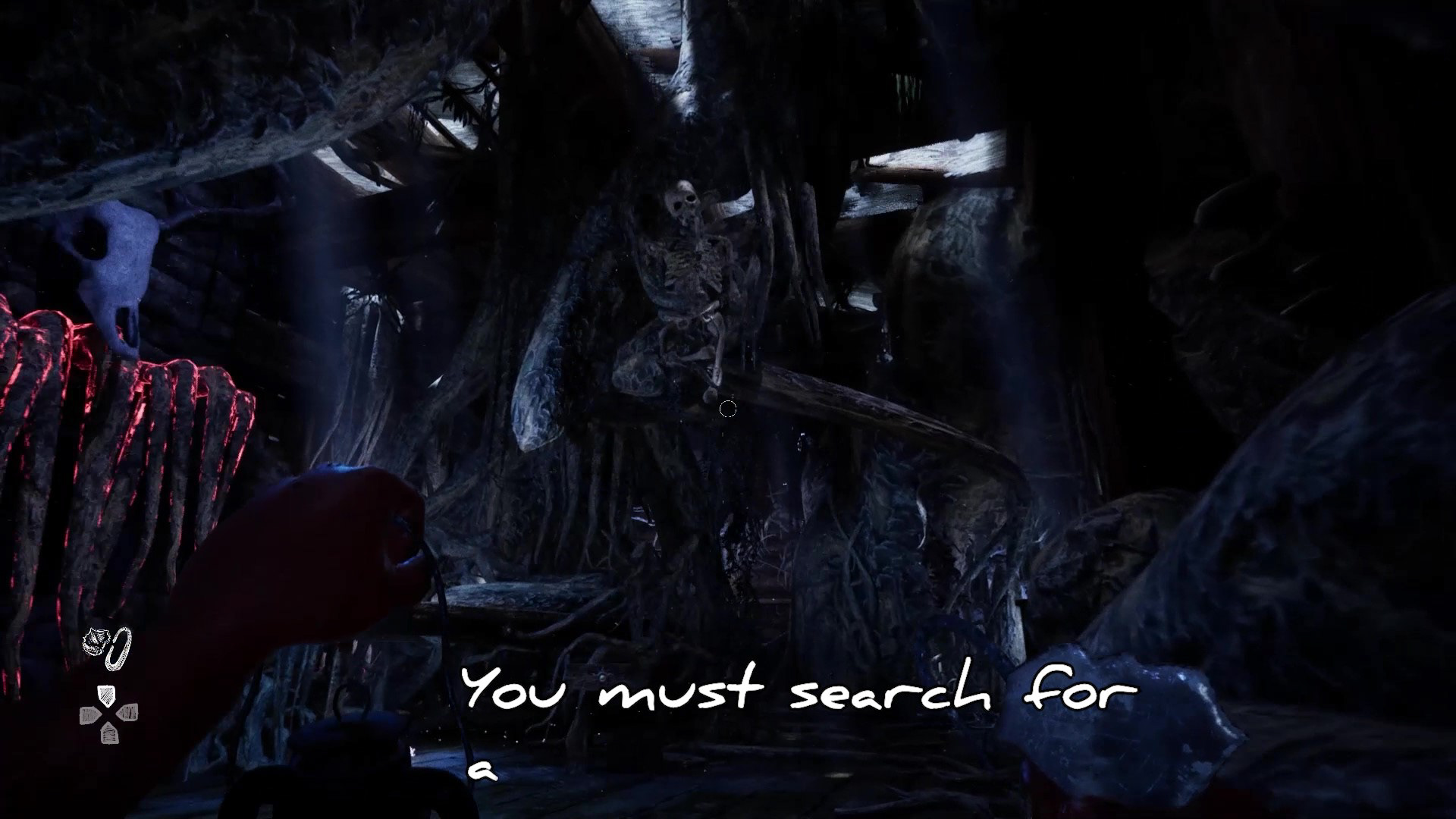


Gameplay Mechanics Implementation
In death bloom, character movement was the cornerstone of the player's experience. To make sure this experience was met with precision, I meticulously crafted gameplay mechanics to provide a fluid and responsive control system that ensures players feel completely immersed in the game's terrifying world.
Key Features
Fluid First-Person Perspective: The character's movement is designed to provide a realistic and smooth first-person perspective. Players can look around, walk, and crouch with precision and without any jarring movements.
Interactive Environment: I've implemented an environment that responds to the character's movements, including interactive objects, doors, and obstacles. This dynamic world encourages players to explore every corner for clues and hidden elements.
Challenges and Solutions
My favorite challenge to overcome during the course of this project was a wine mixing puzzle where the player needed to pour specific colored wines into a bucket in order to craft an acidic concoction. For this puzzle, our artists were already able to create bottles of wine with moving liquid inside them and a material to determine the color of each. My challenge was identifying the base color of the wine in each bottle and writing a formula that would mix its color with any other wine the player also chose to pour in. This was accomplished with some simple linear color vector math finding the average of the two colors that were mixed.
The second layer to the challenge was getting the volume liquid to also rise as the player poured in each bottle. To do this, I was given a static mesh with a bone I could use to manipulate the scale of a liquid volume inside the bucket. To make sure everything worked correctly, I used our crafting management system to check the successful recipe to the users inputs and would empty the bucket if wrongly mixed. If a successful wine recipe was made, the liquid color turned bright green and the player could advance to the next puzzle.
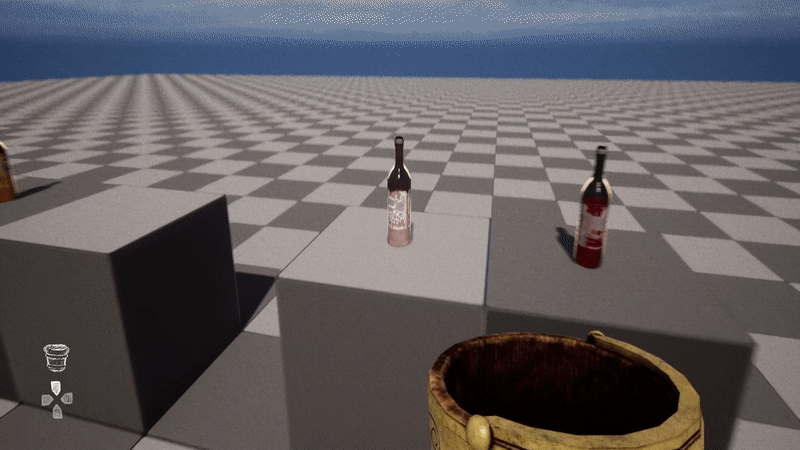
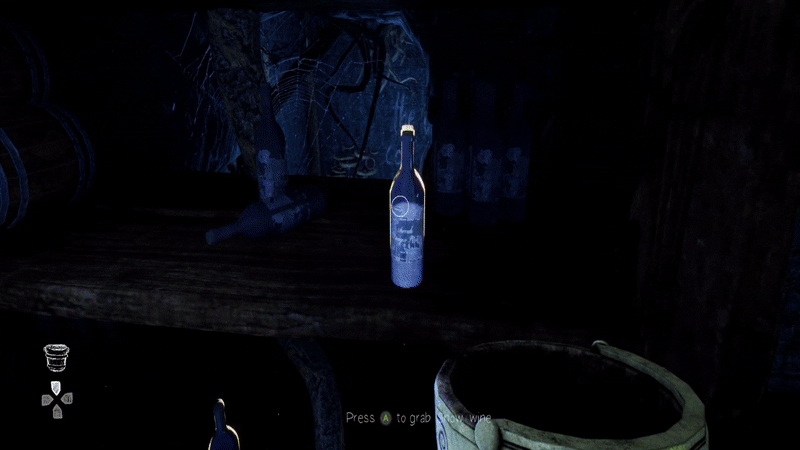
Project Management
Throughout my role as gameplay programmer, I consistently demonstrated my ability to work effectively within project constraints, meet deadlines, and communicate efficiently with team members. This project was especially important to respect the timeline.
Here's how I stayed organized:
Project Constraints: I recognize the importance of adhering to technical requirements and scope. I consistently worked to optimize my time to fit within these constraints, ensuring the project remained on track. This involved finding creative solutions to challenges while keeping the project's overall goals in mind.
Adaptability: I understand that in game development, unexpected challenges can arise. I am adaptable and can adjust to changing project requirements and priorities while still meeting deadlines. This project made me more comfortable with making revisions and refinements based on feedback and evolving project needs.
Gameplay Trailer
